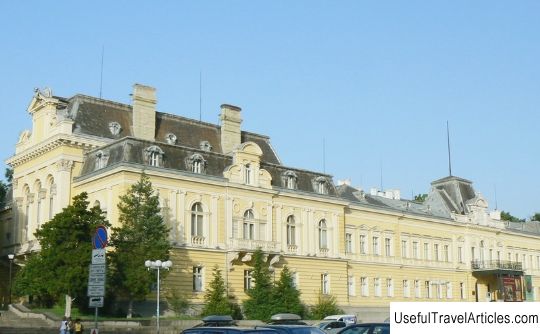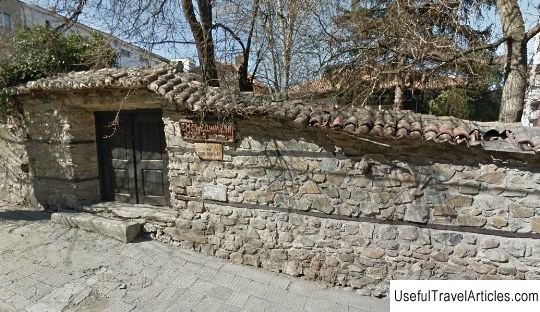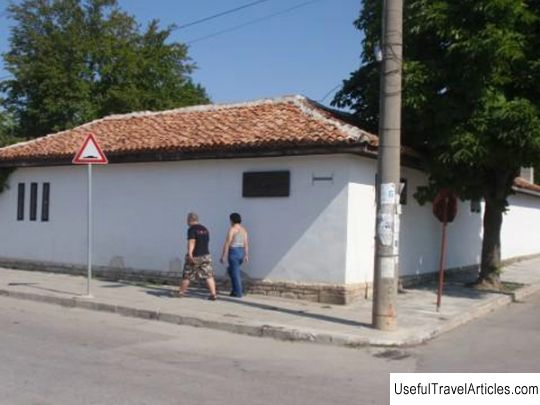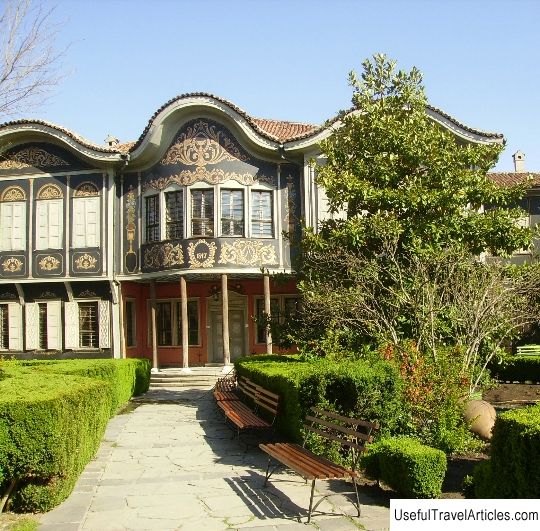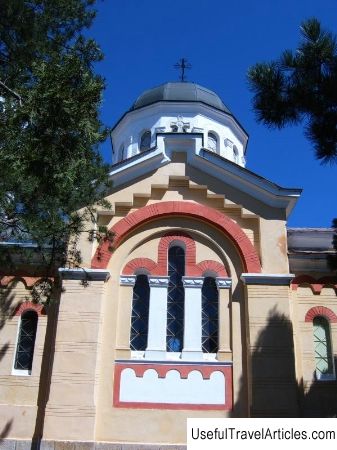Ethnographic Museum description and photos - Bulgaria: Sofia
Rating: 8,1/10 (543 votes) 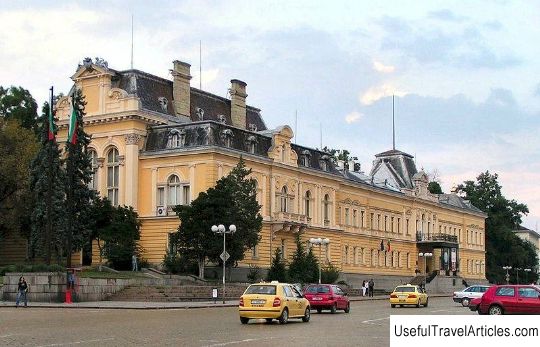
Ethnographic Museum description and photos - Bulgaria: Sofia. Detailed information about the attraction. Description, photos and a map showing the nearest significant objects. Photo and descriptionThe Ethnographic Museum in Sofia does not exist in isolation, but is a part of the Ethnographic Institute at the Academy of Sciences of Bulgaria. The museum is also part of the so-called People's Museum, which was founded back in 1892, and separated and became an independent institution in 1906. Since that time, it has been called the People's Ethnographic Museum. In 1954, the museum, and with it the National Art Gallery, moved to the building of the former Prince's Palace. The former Princely Palace is a cultural monument of Bulgaria. The Ethnographic Museum has assembled an exceptionally rich collection, which is spread over several different themes. It houses about 4,000 woodcarving art objects, reflecting the life of the Bulgarians, characteristic of the turn of the XIX-XX centuries. The collection of wood carvings of a church character is of no less interest. The museum has exhibits from the Trevno, Debyrskaya and Samokov schools. In addition, you can see a collection of musical instruments, including godulka, kaval, bagpipes and others. Among the exhibits are spoons, candlesticks, shepherds' sticks with a hook, and much more. One of the parts of the exhibition area is reserved for the tools used by married women - various types of spinning wheels. You can also see how it was customary to equip the dwelling - furniture is presented here. Since embroidery is considered one of the brightest distinctions of Bulgarian folk art, a whole collection is kept in the ethnographic museum. In addition, it is here that the richest collection of traditional costumes in the whole of Bulgaria is kept. Museum visitors will also be able to see other collections: dyed eggs, carpets, martenitsas, ceremonial breads, wedding amulets and banners. The museum goers willingly share interesting facts related to the beliefs and customs of the Bulgarians, each of which is reflected in everyday life and holidays.     We also recommend reading Aeronautics Museum (Karhulan Ilmailukerhon Lentomuseo) description and photos - Finland: Kotka Topic: Ethnographic Museum description and photos - Bulgaria: Sofia. |
